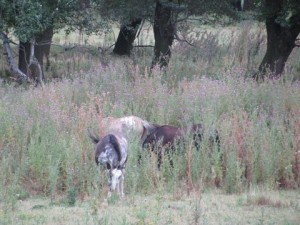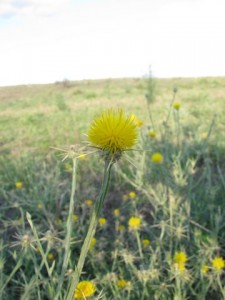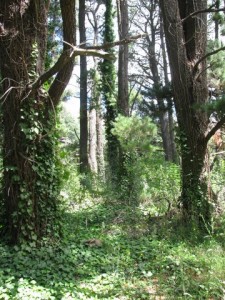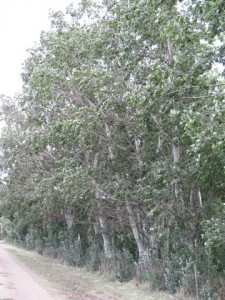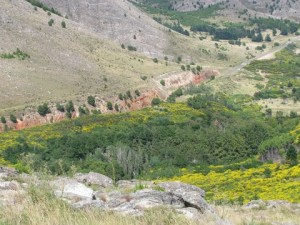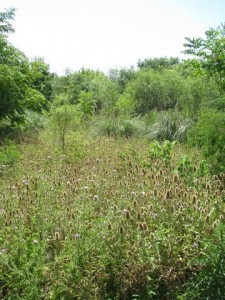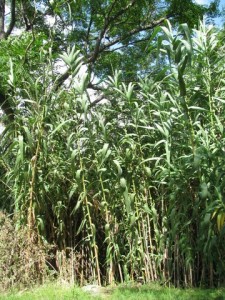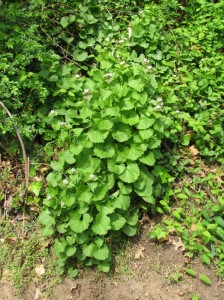I’m in Argentina for six weeks, and it’s been interesting observing what species invasive here are well-known to me from North America. One of the best ways of predicting species’ invasiveness is by knowing if they are invasive elsewhere after all! The following photos are from the southern part of Buenos Aires Province and from the Costanera Sur Ecological Reserve in the city of Buenos Aires. Other plants not shown here have included white mulberry, Morus alba, tree-of-heaven, Ailanthus altissima, two other thistle species, Carduus spp., purple starthistle, Centaurea calcitrapa, Eucalyptus species, Acacia species, and castor bean plant, Ricinus communus. Monterey pine, Pinus radiata, and green ash, Fraxinus pensylvanica are two plants invasive here introduced from North America.
A good source of information on Argentine invasive plants has been Gekko, Grupo de Estudios en Conservacion y Manejo.

